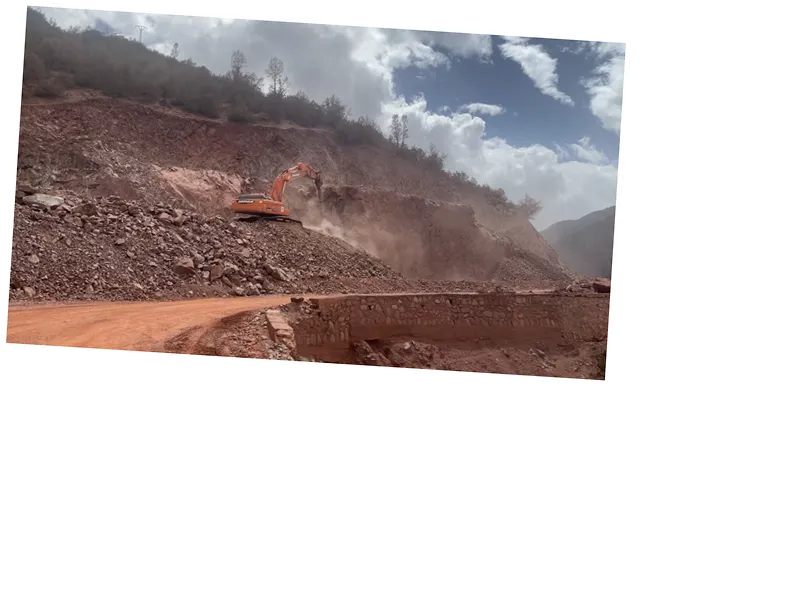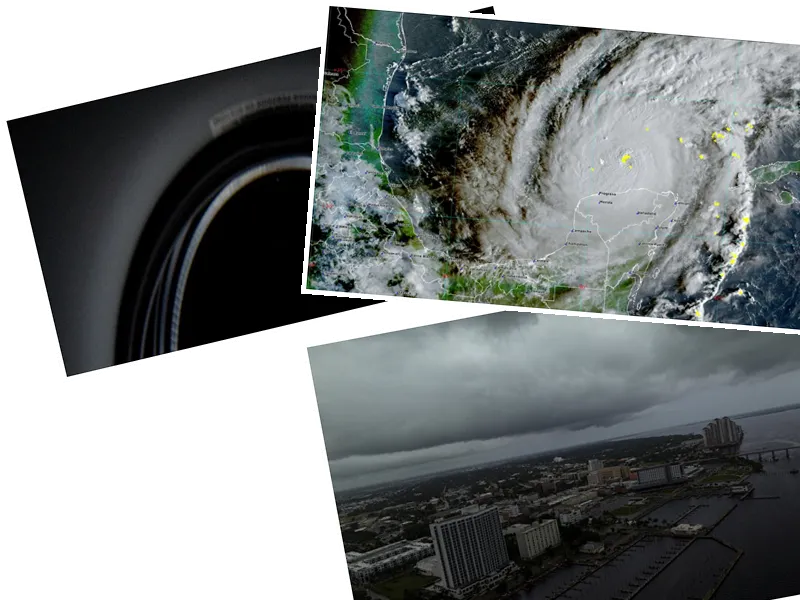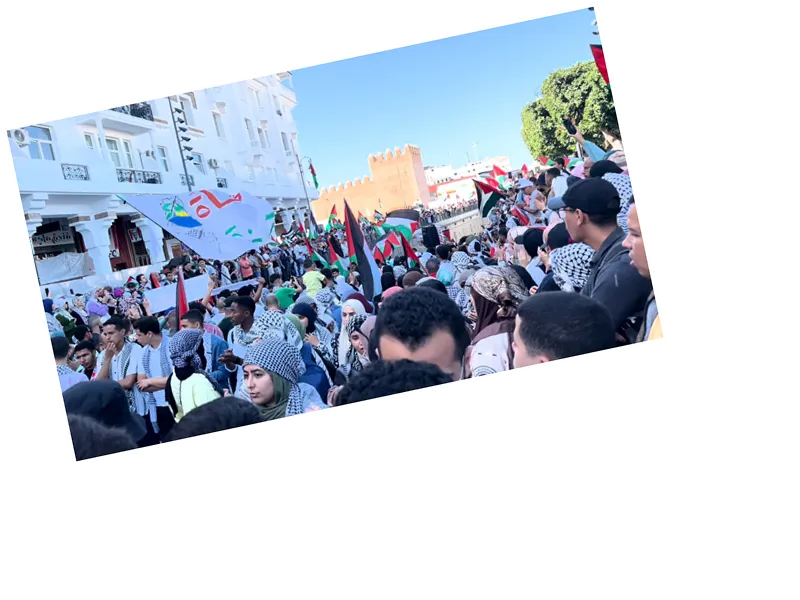Recovery Efforts Continue in Al-Haouz Region Following Devastating Earthquake
In the picturesque mountains of the Moroccan Al-Haouz region, the aftermath of the catastrophic earthquake on September 8, 2023, is still palpable. Villagers from Douar Ighil, known as the 'eye of the earthquake,' report a slow recovery despite receiving government aid. The earthquake, which registered a magnitude of 7.2 on the Richter scale, has left many residents grappling with the destruction of their homes, shops, and livestock, forcing them to rebuild their lives from scratch.
The government has been providing monthly financial support of 2,500 dirhams (approximately $250), which is set to conclude this month. Additionally, reconstruction aid is being allocated for building alternative homes, with financial assistance ranging from 80,000 dirhams ($8,000) to 140,000 dirhams ($14,000) based on the extent of damage. However, many villagers express concern over the impending end of financial support and the challenges they face in rebuilding their businesses.
Impact on Local Businesses and Economy
The earthquake severely impacted local commerce, with the Moroccan Ministry of Industry and Trade reporting that 2,910 shops were damaged in the region. Of these, 45% were completely destroyed, leaving many merchants struggling to recover. The economic activities that once thrived on tourism, subsistence farming, and local trade have drastically diminished. Villagers like Hassan, who lost everything, have been forced to seek work in nearby towns, while others, like Radwan, have set up makeshift businesses to survive.
Despite the challenges, the government has provided support in various forms, including livestock and fodder for farmers, and the rehabilitation of health centers in remote areas. However, as financial assistance winds down, many young people are compelled to migrate to urban centers in search of better opportunities.
Hopes for Recovery in the Tourism Sector
The tourism sector, a vital lifeline for local commerce, has also suffered. Merchants like Omar, who own shops selling ceramics and local products, report a significant decline in sales post-earthquake. Although he has restored his shop, the lack of tourists has made it difficult to generate sufficient income. Merchants remain hopeful that government initiatives will revive tourism and local trade, with some receiving early batches of reconstruction support to help rebuild their businesses.
In the Al-Raha area, known for its restaurants, owners are optimistic about attracting customers again. They are exploring creative ways to ensure safety while providing a unique dining experience in the valley. Despite the lingering effects of the earthquake, there is a resilient spirit among the villagers, who continue to adapt and hope for a brighter future as they navigate the challenges ahead.






